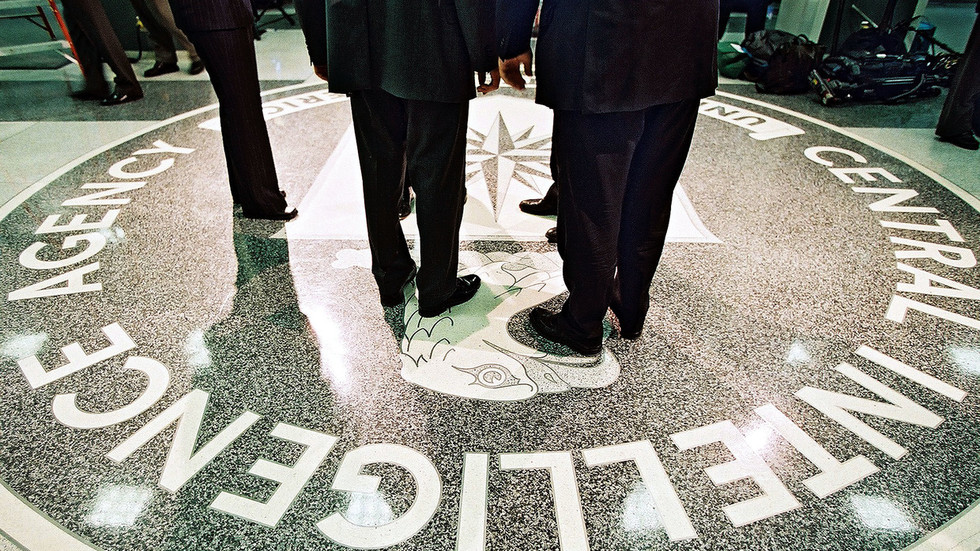
“Dead Island 2,” the upcoming first-person zombie action extravaganza with more flying body parts than lines of dialogue, is for hardcore undead-heads only. It’s a messy game, and I don’t just mean the bloodshed. The physics are often frustratingly weird in a game that relies heavily on melee combat and a lot of the game feels clunky and unrefined, especially around the edges. It’s best approached as more of an arcade experience like “House of the Dead” than a cinema-inspired one like “The Last of Us, Part 1” or “Resident Evil 4.” Want to smash zombie heads with a hammer? Light them on fire? Shock them with electricity? Burn them with acid? Well, I’ve got a game for you, as long as you don’t mind the inherent silliness leading to a bit of inherent laziness when it comes to storytelling, mission design, and repetitive settings. “Dead Island 2” is an undeniably, intentionally goofy game, and that’s a double-edged sword in that it works when approached as shallow, explosive escapism but falls apart like a zombie shedding its limbs under the slightest scrutiny.
The game opens with the selection of a Slayer (I went with Jacob), which you will be tied to for the rest of the game—instantly a frustrating choice because I wish I could expand on how all of the options differ in terms of play, but my suspicion is that the differences are relatively minimal (a bit more strength, a bit more stamina, etc.) “Dead Island 2” is a game that’s constantly giving the gamer at least the impression of choice. You pick a slayer, you pick your weapons, you pick from a variety of Skill cards found throughout the game that give you different strengths and weaknesses. Like most action-based games, it promises an experience that can be customized to your style of play. However, a lot of these customizable options barely differ, giving an illusion of choice when the game is going to play out largely the same for most who play it. It’s not like there are options that make stealth or strategy legitimate choices. It’s all based on carnage.

That carnage unfolds in a version of Los Angeles called “HELL-A,” a place filled with what are largely fetch quests through a zombie-strewn landscape. The bulk of the missions consist of finding someone or something and then going back to a safe homebase to repair or upgrade the weapons you found along the way. The game is driven by smashing zombies with your favorite tool. For hours, it’s purely melee-based, meaning you’ll watch weapons like axes, knives, hammers, and even street poles impale themselves into zombie heads. The game will eventually give you firepower, and that really opens the game up to a bit of strategy because ammo is relatively limited in this world. You’ll learn what sharp weapon to use on minor, easily defeated enemies, and when to switch to your upgraded shotgun for the tough guys. (Personally, I vastly preferred weapons with a little reach like my trusty pitchfork because anything more close-combat like a knife allows the enemies too much proximity.) You will also have two very-handy, rechargeable consumables that you can swap out as you find new toys. A grenade and a nail bomb became my best friends.
Weapons in “Dead Island 2” degrade with use and will eventually stop being functional until you can get to a safe space to repair them. These workbenches become the key to the game, allowing for not only repair but to break down weapons you don’t use for parts, fabricate consumable items, and upgrade the weapons you have with dozens of mods. The “scavenger” aspect of “DI2” is its most strategy driven. If you use parts to upgrade one weapon, you won’t have them for the next cool thing you find. However, like a lot of loot-based RPGs, it all starts to blend together to a certain degree. For the most part, you’ll be constantly scrapping or selling old weapons to make space for the new ones you found on the last mission.
As you level-up in “Dead Island 2” or through the many side quests, you will find skill cards in four categories—Abilities, Survivor, Slayer, and Numen. You will eventually have a total of 15 slots open plus two cards that are tied to your slayer choice at the beginning. There’s some fun to be had in swapping out cards and the choices to be made as you do so. Are you willing sacrifice some stamina for more power? When you enable Fury Mode do you want to scream or spit acid? Again, some of these choices feel purely cosmetic, but that’s not uncommon in RPG games like this one. It’s just another element of “Dead Island 2” that’s cool in theory but could have been developed into something richer. The Skill Cards could have made for entirely different experiences, but it feels here like they barely tweak the core gameplay that everyone will encounter.

“Dead Island 2” dips its toe in cinematic zombie culture, but it’s mostly just through references to iconic genre creators. For example, you’ll hole up in a building named Serling (as in Rod Serling of “The Twilight Zone”) and it’s hard to miss the red-carpet set-up for something called the “Romeros” (as in George A. Romero, the king of the genre). There’s a version of this game that incorporates what Romero did into more than just a name-drop, but this isn’t ambitious enough to be that. And it doesn’t help that the settings feel almost incomplete at times, especially some mid-game underground ones that really show off the relatively dated graphics. There are times when “Dead Island 2” really doesn’t look like a current-gen game.
Having said that, I enjoyed the act of playing “Dead Island 2”—completing the whole story and about half the side missions as of this writing—even as I found its lack of ambition frustrating. So much of what’s around the action in this game feels half-developed, but that allows for the gamer to focus purely on the action and there’s something inherently fun about becoming the baddest zombie slayer on the West Coast for a few hours. Could “Dead Island 2” have been more? For sure. I truly think it could have found a balance between something more complex/ambitious and the “ARGH” B-movie approach of the final product. Maybe that will happen in “Dead Island 3.” But the truth is that I’ll probably enjoy that one too even if it doesn’t.
A review copy was provided by the publisher. It releases Friday, April 21.
Brian Tallerico
Brian Tallerico is the Managing Editor of RogerEbert.com, and also covers television, film, Blu-ray, and video games. He is also a writer for Vulture, The Playlist, The New York Times, and GQ, and the President of the Chicago Film Critics Association.
.png)














 English (US) ·
English (US) ·